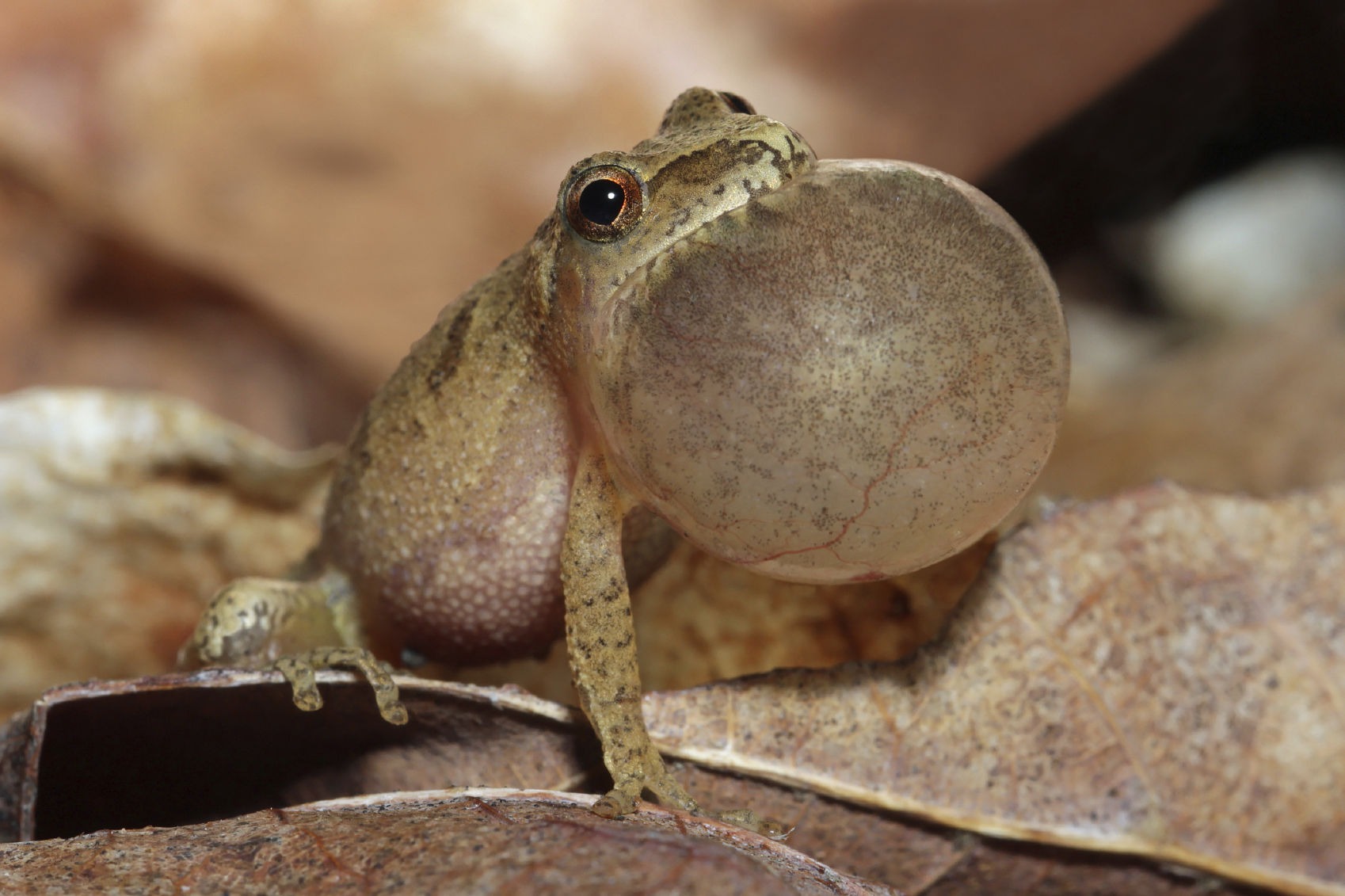The Signs of Spring in and Around your Water Garden
Excitement abounds when the signs of spring start to show after a long gloomy winter in north east Ohio. Soon we’ll hear the sounds of running water and feel the sun on our faces again.
There are many things I have learned to look forward to each Spring, over the years that I have been a water gardener. Sights, smells, and color just to name a few. Let me share them with you…
Sights:
As water thaws and begins to warm up with the spring air, you will start to notice string algae in abundance throughout your pond. This happens when the water is flooded with oxygen and the debris in your pond decomposes. Since pond plants have been dormant for months, string algae is the only plant that can filter waste, or excess nutrients, out of the water. While the water is still cold, let your fish nibble on the algae. Once your pond plants begin to come out of dormancy, they will start to gobble up the nutrients leaving nothing for the string algae to grow and thrive on.

Toads seem to appear out of thin air in the spring. They travel to any body of water that is close by (lucky you) to mate and deposit their eggs. Long, clear, jelly like strands with black dots inside, will cover the surface of your pond. It does not take long for them to hatch and then for the “toadpoles” to sprout legs and hop away.
Sometimes you may experience a thick white foam on the surface of your pond water. This, accompanied by a very strong fishy smell, indicates that your fish have been spawning. Soon you may see tiny baby fish (called fry) darting around the pond looking for cover.
Smells:
In the spring, when you first install your pond pump and turn it on, you will probably notice a heavy odor - much like what would come from a sewer...While the water was sitting stagnant inside the skimmer box for winter, any debris that may have been left behind, used as much oxygen as it could out of the water to decompose. Do not worry, after being exposed to the spring air for a few minutes, it will dissipate.
Pro Tip: Be sure to check for dead frogs before you put your pump in your skimmer box.
Sounds:

Unarguably, I believe one of my favorite sounds in nature is the spring peepers. A tiny tree frog whose mating ritual begins as soon as the air temperatures maintain above 40°F. Their sweet singing or chirping sounds call to a mate and so marks the beginning of spring.
Running water is also a welcoming sign of spring. All winter long the sounds are frozen in the air. As weather warms and water thaws, we can reinstall the pumps and enjoy our water features again. Finally!
Color:
Even before we start to see the various vibrant shades of green showing in the spring, there are those plants who like to show their colors.
Crocus are one of the first flowers to pop up as soon as the weather breaks. In fact, some may still be in bloom during a rogue snowfall. Croci grow from corms like an iris, and can be left in the ground to reproduce year after year. They come in an array of colors like blue, purple, violet, white, and yellow.
The one color that stands out to me most, in the spring, is yellow. The first pond plant to bloom in spring will be Marsh Marigolds, which is yellow. The first shrub to bloom in spring is a Forsythia, which is yellow. These seem to represent the sunshine that we have been missing during the winter blahs. Just a small reminder of brighter days to come.

Although it may feel like it at times, winter does not last forever. Keep your senses alert for these signs of spring and more. It will encourage you to get your pond season started as soon as possible and have an enjoyable water garden for months.
